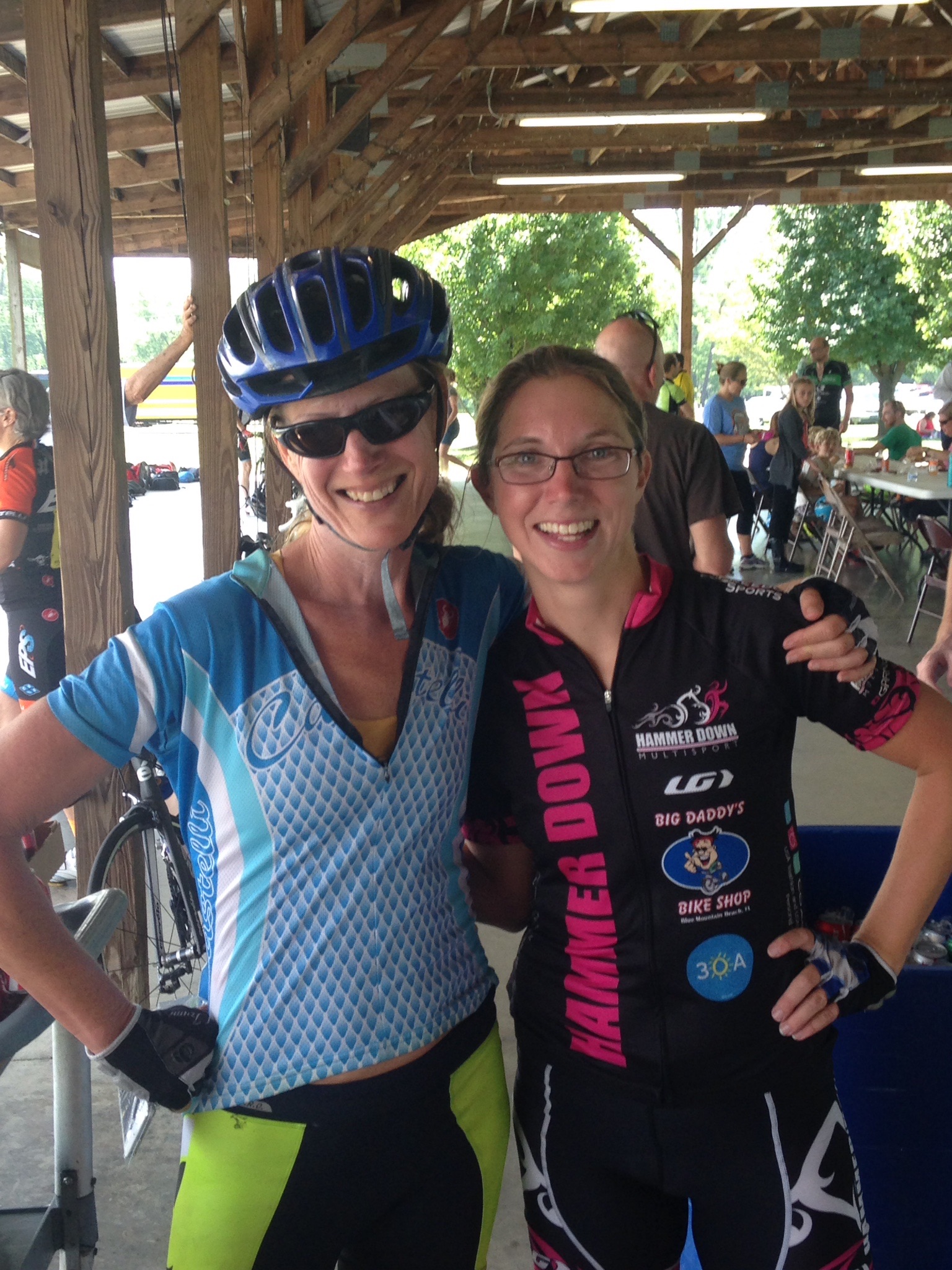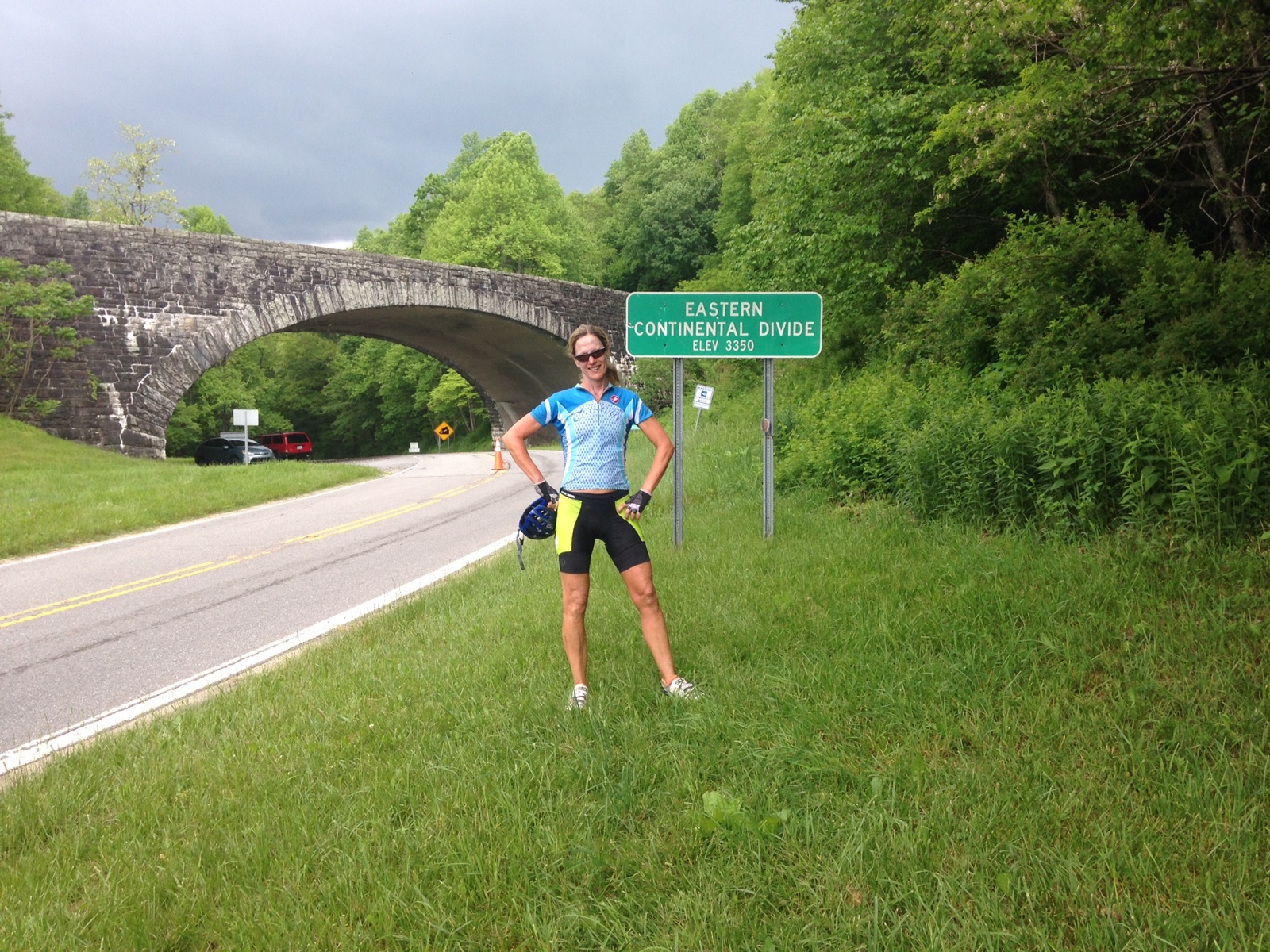Lower volume and race-specific training and increase speed
If your goal race was 4-6 weeks out when it was canceled, you were probably doing a lot of race-specific training and high mileage. For example, if you were training for the Boston Marathon, you probably had a lot of runs at or near marathon pace and several 18-20 mile runs. Now you can benefit from that training and increase your speed. First, gradually lower overall weekly mileage, cut back the long run and start introducing some faster running. Depending on your experience, start by adding some minutes or miles at threshold (close to 10K pace) with short rest between hard bouts of running. You can also add some strides (4-6 gradual pickups of 15-30 seconds at an effort somewhere between your mile and 5k race pace) to an easy run. Improve your running form and build leg strength by adding in some hill sprints (start by running 10-20 seconds fast up a moderate hill a few times). Make sure to take a couple of easy days between harder run days to fully recover.
Work on your weak areas
Use this time you are not running high milage to work on your weaknesses. In the build-up to an important race, we often skip ancillary work like running drills, foam rolling, and functional strength exercises. Skipping drills like the A skip and B skip increase mobility and foam rolling helps release tight muscles and speeds recovery. Bodyweight exercises are great for helping you remain injury-free. Get out your bands and try monster walks, bird-dog, and glute bridge. Use a band above your knees for an added challenge. Side plank and front plank have lots of variations. Google these exercises and you will find new ways to challenge yourself. Walking lunges (forward and backward) are excellent functional movements. A description of how to perform these exercises correctly can be found in my recent blog @ coach-karen.com.
Map out some goal races this fall and winter
It’s a great time to think about your next race or challenge. Consider running a virtual race in the near-term that is close to your original race distance or run your own race by mapping out a course. If you have a solid running base and some experience racing, consider this field test to assess your 5K fitness:
Warmup at least 2 miles with an easy jog and include dynamic exercises such as leg swings, high knees, butt kicks, sky reaches, and heel walks. Then run 4 x 1 mile (four one-mile repeats) with 1:30 minutes rest between. Cooldown well. Average the miles and that is an estimate of your 5K race pace.
You can plug the result of your 5k into an online running calculator to determine your training paces. Be sure to test every 6-8 weeks as your fitness increases.






















